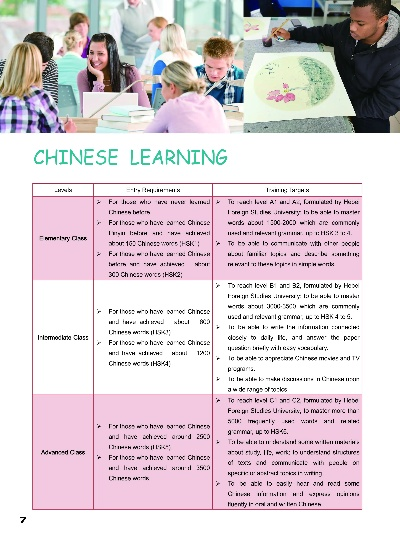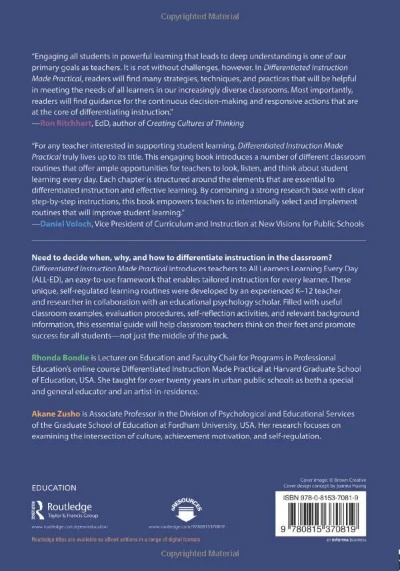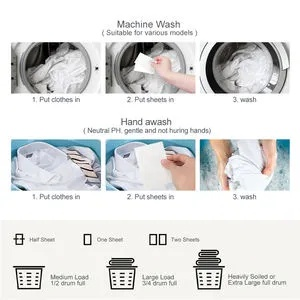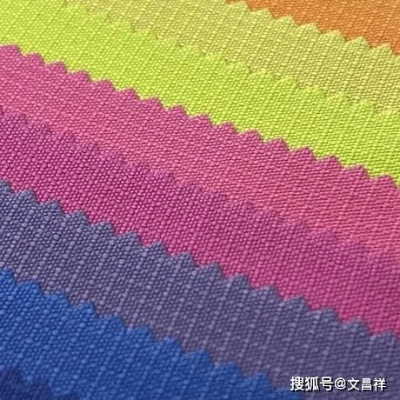Textile Inspection and Testing in the Classroom:A Comprehensive Guide
This comprehensive guide provides a thorough overview of textile inspection and testing in the classroom. It covers various methods for detecting defects such as pinholes, tears, and wrinkles, as well as techniques for measuring yarn counts, weight, and thickness. Additionally, it discusses common testing equipment used in textiles, including calipers, densitometers, and tensile testers. The guide also includes information on how to interpret test results and how to apply these findings to improve production quality. Finally, it offers tips for conducting effective inspection and testing procedures in a classroom setting.
Introduction: In the realm of textiles, quality control is paramount. From garments to carpets, from fabrics to upholstery, textile products are a cornerstone of modern life. To ensure that these products meet standards and expectations, it's crucial for manufacturers, retailers, and consumers alike to have access to reliable testing methods. In this classroom, we'll delve into the essential aspects of textile inspection and testing, including the various techniques, equipment, and procedures used to evaluate the performance and quality of textile materials.

Textile Inspection Techniques:
- Visual Examination: The first step in any textile inspection is a visual evaluation of the material. This includes examining the color, texture, pattern, and overall appearance of the fabric.
- Mechanical Testing: This involves applying force to the fabric and measuring its response under tension or compression. Common tests include tear strength, burst strength, and elongation.
- Chemical Analysis: For certain applications, chemical analysis is necessary to determine the presence of harmful substances or to assess the suitability of the fabric for specific uses.
- Microscopy: Using microscopes, we can examine microscopic features such as fiber structure, weave patterns, and defects like holes or tears.
- Thermography: This technique involves using infrared cameras to detect temperature variations within the fabric, which can indicate thermal conductivity or other properties.
- Dye-Transfer Testing: This test measures the transfer of dyes from one fabric to another during washing or exposure to different chemicals.
Textile Testing Procedures:
- Standard Testing: Many textile products are subject to standardized testing protocols established by regulatory bodies like ASTM (American Society for Testing and Materials) or ISO (International Organization for Standardization). These protocols outline the specific tests required for each product type and provide guidelines for sample preparation, test setup, and data interpretation.
- Custom Testing: Depending on the specific application or customer requirements, custom testing may be necessary. This could involve developing new testing methods or modifying existing ones to address unique challenges or specifications.
Equipment Needed for Textile Inspection:
- Scalpels and Scissors: Used for cutting samples for testing.
- Tape Measure: Used for measuring dimensions of fabrics.
- Specimen Trays: For holding and transporting samples during testing.
- Sample Preparation Kits: Includes tools and chemicals needed to prepare samples for testing.
- Textile Testing Machines: These machines simulate the conditions under which textile products are used and measure their properties.
- Infrared Cameras: Used for detecting temperature variations within fabrics.
- Digital Image Analyzers: Useful for analyzing images taken during microscopy tests.
- Dye-Transfer Testers: Devices used to measure the transfer of dyes during washing or exposure to chemicals.
- Data Analysis Software: Tools used to interpret test results and generate reports.
Case Study: Consider a scenario where a textile manufacturer is considering producing a line of high-performance sportswear. To ensure the fabric meets stringent performance standards, they need to conduct thorough inspection and testing. They might use a combination of visual examination, mechanical testing, and dye-transfer testing to evaluate the fabric's strength, elasticity, and resistance to dye migration. By following the standardized testing protocol outlined by ASTM, they can confidently report on the fabric's performance and pass the product to the consumer market.
Conclusion: Textile inspection and testing is an integral part of ensuring the quality and safety of textile products. By mastering the techniques and equipment needed for inspection and testing, manufacturers, retailers, and consumers alike can make informed decisions about the products they purchase or produce. With careful planning and execution, textile inspection and testing can help create a safer, more sustainable, and higher-quality textile industry.
Introduction
在纺织品的检测教学中,一个充满活力且充满智慧的教室显得尤为重要,我们将一同探索这个充满魅力的教学环境,通过英文口语化的方式分享我们的观察和体验。
教室环境介绍
布局与设施
我们的纺织品检测教学教室宽敞明亮,配备了先进的检测设备和专业的教师团队,教室内部设有多个实验区域,包括纤维测试区、织物性能测试区等,以满足不同类型纺织品检测的需求。
教学材料与工具
教室内的教学材料丰富多样,包括各种纺织品样品、检测仪器、实验设备等,教师们还配备了先进的多媒体教学系统,使用图表、视频等多媒体资料辅助教学,提高学生的学习兴趣和效果。
案例分析
纺织品纤维测试

在纤维测试区,我们展示了各种不同类型的纺织品样品,包括棉、麻、丝绸等,教师们通过实际操作演示了纤维测试的基本步骤和方法,让学生们能够直观地了解纺织品纤维的种类和特性,我们还展示了纤维测试的结果图表,让学生们能够更好地理解纤维测试的数据和结果。
织物性能测试
在织物性能测试区,我们展示了各种织物样品,包括纯棉织物、混纺织物等,教师们通过实际操作演示了织物性能测试的方法和步骤,让学生们能够了解不同织物性能的特点和差异,我们还展示了织物性能测试的结果图表,让学生们能够更好地理解织物性能与纺织品用途之间的关系。
教学亮点
互动式教学
我们的教学课堂注重互动式教学,教师们采用多种教学方法和手段,激发学生的学习兴趣和积极性,通过实验演示、案例分析等方式,让学生们能够亲身体验纺织品检测的过程和结果,我们还采用了多媒体教学系统,使用图表、视频等多媒体资料辅助教学,提高了学生的学习兴趣和效果。
先进设备与材料
我们的教学教室配备了先进的检测设备和材料,包括各种先进的纺织品检测仪器和实验设备等,这些设备能够满足不同类型纺织品检测的需求,提高了检测的准确性和可靠性,我们还采用了环保材料制作的教学设施,让学生们在舒适的环境中学习和成长。
教学建议
加强实践教学
为了更好地培养学生的实践能力和创新精神,我们建议在教学过程中加强实践教学环节,教师可以组织学生参与各种纺织品检测实验和实践活动,让学生们能够亲身体验纺织品检测的过程和结果,还可以开展各种创新性的实验和研究项目,提高学生的创新能力和实践能力。
注重学生反馈与评估
为了更好地了解学生的学习情况和效果,我们建议在教学过程中注重学生反馈与评估环节,教师可以定期组织学生进行学习成果评估和反馈交流,让学生们能够了解自己的学习情况和进步情况,还可以采用多种评估方式和方法,提高评估的准确性和有效性。
我们的纺织品检测教学教室是一个充满活力、智慧和魅力的教学环境,在教学过程中,我们注重互动式教学、实践教学和注重学生反馈与评估等方面的工作,相信在这样的教学环境下,学生们能够更好地掌握纺织品检测知识和技能,为未来的学习和工作打下坚实的基础。
Articles related to the knowledge points of this article:
The Art of Textile Treasures:The Story of 珍之韵纺织品
The Enigmatic World of Industrial Fabrics and Their Variegated Spectrum
Textiles:Understanding the World of Clothing and Interior Decorations


